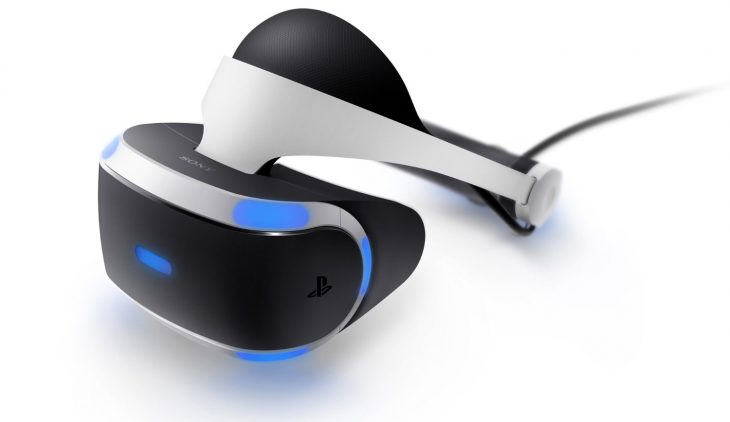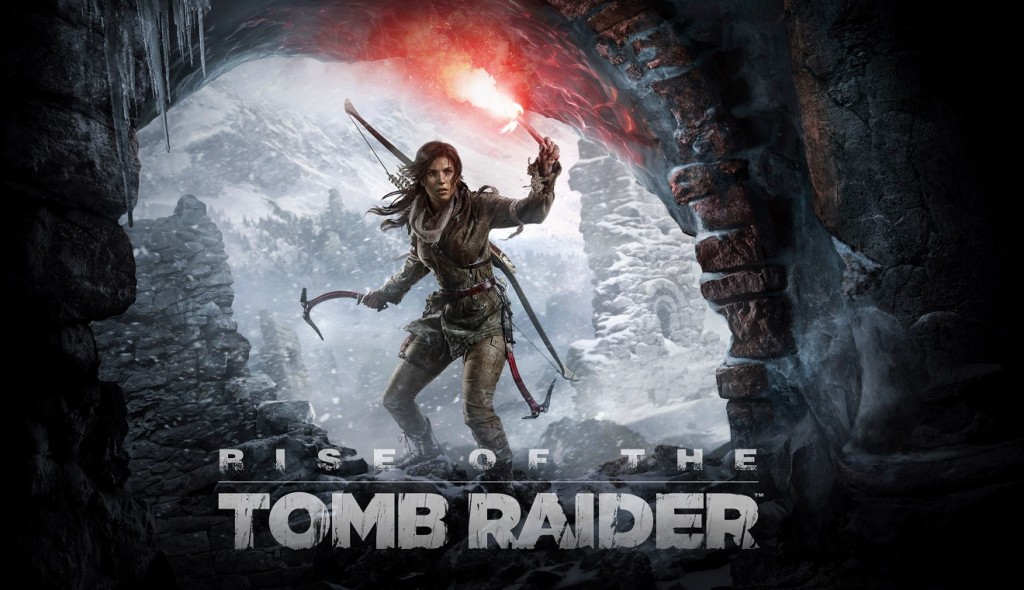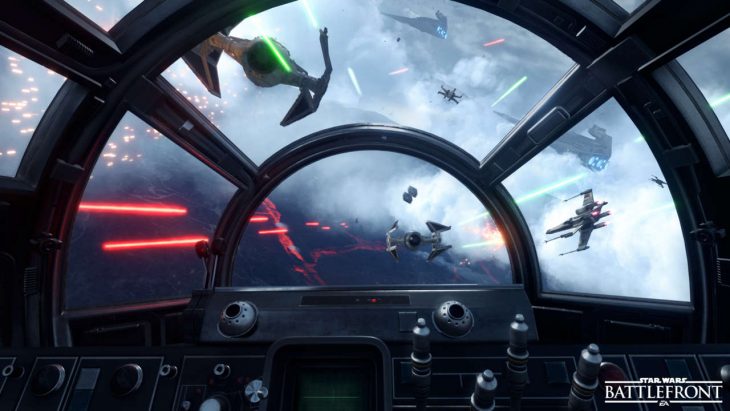Virtual Reality: A Personal Perspective

One of our contributors has recently purchased a PlayStation VR headset, and after using it for some time, shared his impressions about it.
It’s fair to say that the reception to virtual reality headsets has been mixed so far. For every article highlighting the impressive tech of Oculus Rift, HTC Vive and PlayStation VR, concerns about motion sickness, an absence of full length AAA games and the relatively low sales of the devices are cited by critics as reasons to be wary of VR.
With price points ranging from $399 to $799 for the three major VR Headsets, gamers interested in making the step to VR could be forgiven for wondering whether the investment is worth it. There is a paradox at work here. The only way to know whether VR is worth your money is to try it out. Often, however, the only way to try VR is to buy it!
I recently made such an investment – just over 400 pounds for the PlayStation VR headset and the PlayStation Camera peripheral required to run it. Was it worth it?
PlayStation VR
The simple answer to the above question is: YES! PlayStation VR was pretty fiddly to set up – frustrating, at times, despite the helpful numbering of the numerous (some would say, endless) cables that need to be plugged in – but the moment I pulled on the headset the technology wowed me.
Even before an actual VR experience loads the headset offers an impressive visual experience, projecting the screen in front of you to a huge size. I felt like I was in a cinema, looking at a screen so large I had to turn my head to see the corners. I initially played Rise of the Tomb Raider in non-VR mode and, while the graphics suffered, the huge scale of the game in front of me offered a fresh and exciting perspective from which to play.
A promising start, then. What would happen when I made the switch to full VR?
Rise of the Tomb Raider has a relatively limited VR mode. I had the option of either playing through the Blood Ties DLC I’d already completed or exploring Croft Manor in VR. I took the latter option, watched the usual loading screen and then found myself in the middle of Croft Manor.
This is VR’s killer feature – the ability to place you in a game world. The most awe inspiring game experience I’ve had in 20 years (since I first witnessed a rotating 3D camera in action on the Sega Saturn) was standing motionless in an empty room looking around myself, looking up at the ceiling, looking behind myself.
It felt as if I was there. I reached out to touch things. I walked tentatively along the corridor, heard a buzzing in my left ear and turned to see the electric fire responsible for the noise.
It’s tough to imagine anyone not being wowed by VR the first time they strap on a headset and find themselves “surrounded” by the game in this way. In many ways it’s the ultimate realisation of entertainment’s goal: to place you in another world. Books enable us to imagine worlds, movies show us them through a window, games allow us to control characters in other worlds. By mimicking our natural visual field and tracking head movements, VR convinces our brains that we are in another world.
Motion Sickness
The downside of this is motion sickness. My exhilarating exploration of Croft Manor ended after an hour and left me on the couch feeling nauseous for the next 30 minutes. When your eyes are at odds with your inner ears – one telling you that you are in motion, the other sensing its absence – it does disrupt the body.
It’s a tribute to the power of the experience offered by VR that such an unpleasant physical response didn’t stop me strapping the headset on again. And again. And again.
I downloaded the Star Wars: Battlefront VR mission and played through demos on the disc that comes with PSVR and enjoyed a whole host of new gaming – borderline life – experiences: piloting a Star Wars fighter and looking behind me to see an R2-D2 clone flying as my co-pilot, descending towards the ocean floor in Ocean Descent, heading footballs with my headset, racing a Ferrari and looking out the side window to scope other drivers as they tried to come past.
The potential of VR is tangible at moments like this and, through carefully moderating my playing times, I’ve avoided feeling motion sickness again and believe that I’m gradually building up tolerance.
The Future
At the moment VR is mostly still an “experience.” There are no “must play” games that will hold your attention for 50 hours the way The Legend of Zelda: Breath of the Wild or other AAA titles can. So, if you’re looking for that kind of game, avoid VR for now.
I am convinced, however, that VR is the future. At the very least, it will be part of the future and will not fall by the wayside the way some critics have predicted.
VR is capable of offering experiences no other entertainment medium can, and regularly wows the user. If developers can continue to work on ways to reduce motion sickness and produce irresistible AAA VR games, I have little doubt the headsets will find their way into most homes.
Don’t believe the naysayers. VR is here to stay.





